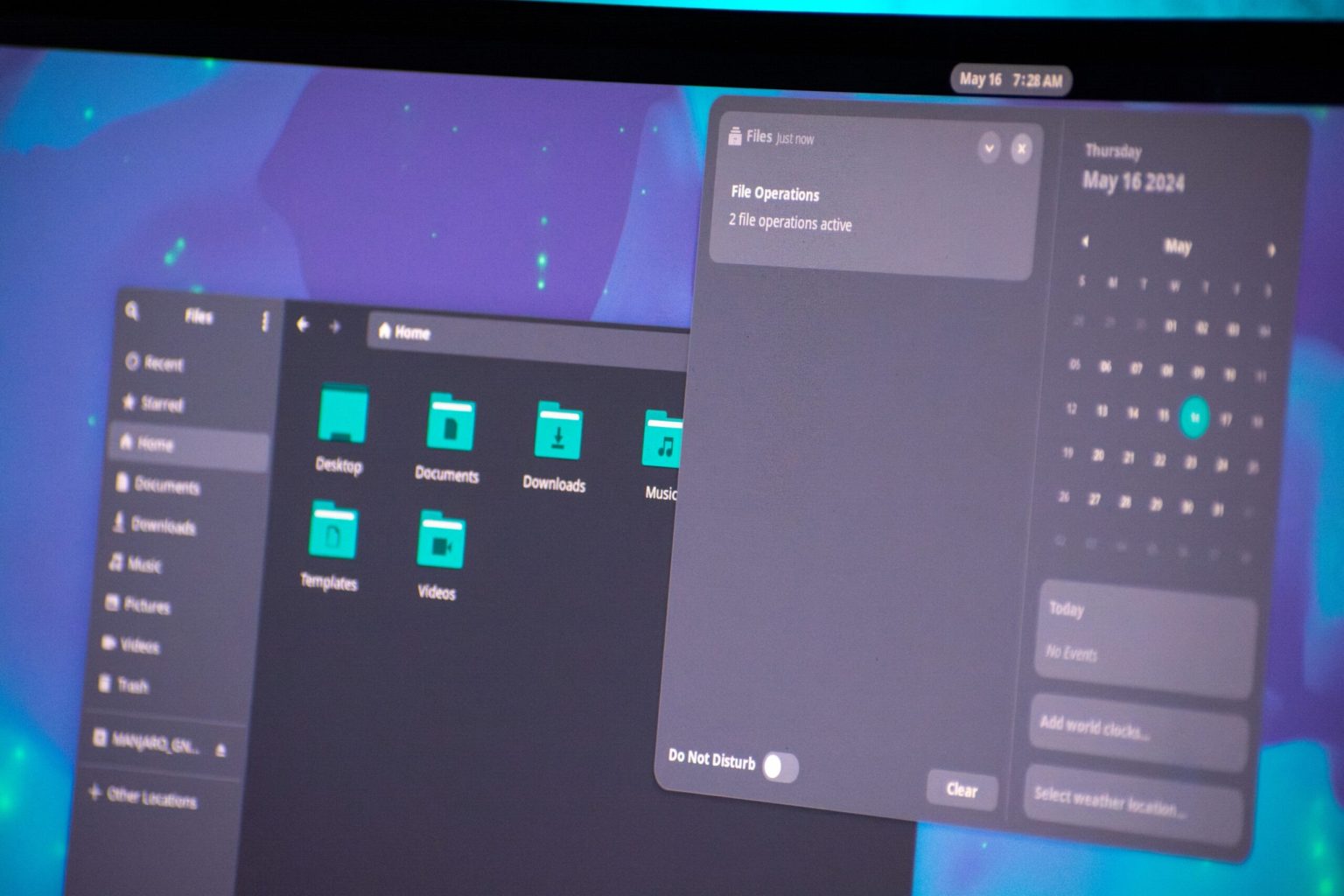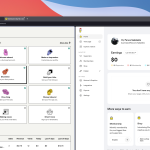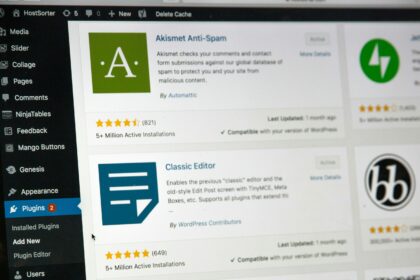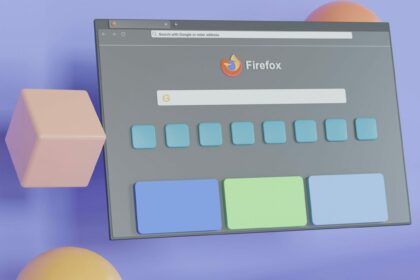Although I’ve been using Linux for over 15 years, choosing between graphical environments was always the hardest choice for me. GNOME is pretty neat, KDE Plasma has all the options you may need, and XFCE is as fast as it goes, but which is the right one for you and what are their biggest differences? Let’s break things up and find which is the best choice when it comes to personal preferences and specific needs.
What are Desktop Environments and what are their differences?
If you’re new to Linux, you may be wondering what exactly are those desktop environments (also known as ‘graphical interfaces’) and their differences. It’s important to know their differences because every single one of them focuses on specific uses and user preferences, so choosing the right one for your needs is crucial if you don’t want to invest time testing them all.
Basically, a desktop environment is an interface that sits on top of your Linux operating system and gives you all the options you may need. Unlike Windows and macOS, where what you see is what you get, with Linux, there are tons of options, and every distro supports different desktop environments so you can use it with whichever you prefer the most.
For example, every desktop environment comes with its own features and options, visual styles, and preferences, and some have their own basic applications to manage your files, calendar, notifications, or even browse the web. Apart from that, every desktop environment has its own community and developers, meaning there’s a difference in the way they are being developed and what’s their main focus for the near future.
There’s also a whole list of available desktop environments that you can choose from, but not all are ideal for beginners and/or supported by your favourite Linux distro. Here’s a list of the most popular Linux desktop interfaces that you can currently use:
- GNOME
- KDE Plasma
- Xfce
- Cinnamon
- MATE
- LXQt
- Budgie
- Unity
- Pantheon
- Deepin Desktop Environment (DDE)
- Enlightenment (E)
- Fluxbox
- Openbox
- i3
- Awesome Window Manager
For the sake of keeping this article a bit shorter, I’ll focus on the three main graphical environments that most people use but do keep in mind that others, including Cinnamon and Budgie, are pretty strong choices when it comes to using Linux.
GNOME vs. KDE Plasma vs. XFCE
If there’s anything that I learned from all of those years of distro hopping it’s that you can’t go wrong with any of those three desktop environments. They simply work, and that’s what most people are after, apart from having more features and customization options.
Note: Unfortunately, having an ultrawide screen is not helping as much as I wanted to when it comes to taking screenshots, as they’re too wide for my articles. Until I figure this out, I’ll be adding screenshots from Wikipedia Commons, which has older versions of those desktop environments.
GNOME for simplicity and macOS lovers
Initial release: 3 March 1999
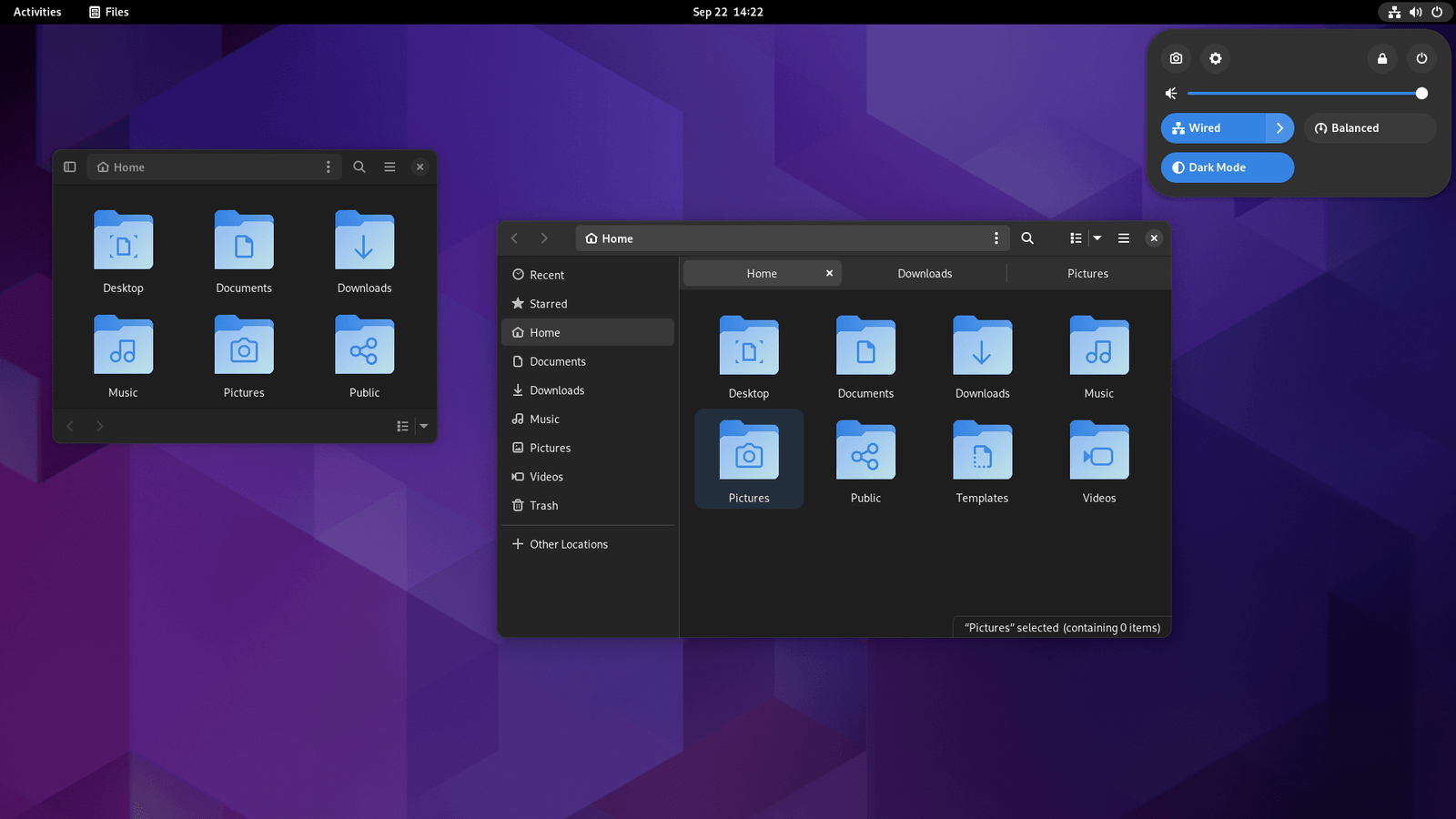
For Windows and macOS users looking at something stable, fast, and elegant, GNOME is the way to go. You can make it as minimal as you want, install extensions to add docks, and basically, what you see is what you get – with a few exceptions.
While there are many things that you can change in its design, GNOME is perfect if you’re looking for a beginner-friendly interface that can easily mimic Windows or macOS. You could say that GNOME is the most practical graphical environment of them all.
As a well-established GUI for Linux-based systems, GNOME is already available in many different Linux distributions, including Ubuntu, Fedora, and Arch Linux. It also comes with all the basic actions, including viewing all your installed applications or active windows with a single click, notifications, calendar, search, and having your windows side by side.
KDE Plasma for effects and customization
Initial release: 11 January 2008

KDE Plasma is perfect for everyone looking at going as deep as possible when it comes to customizing their interface with lots of effects, animations, and more. It lets you easily change your theme (including colours, icons, fonts, cursor style, etc) and even reduce or increase the speed of the overall animations.
Having so many options means that you’ll need a more powerful system to handle them all, and the more you add the more resources you’re going to be needing. It’s not for older and slow PCs, and it’s definitely not ideal for minimalists.
What makes KDE Plasma that good is mostly all the options and features you’re getting. Downloading and installing themes and styles is easy and straightforward, and adding widgets to your desktop screen that make all sorts of things is a pleasure for anyone looking to create their own powerful workspace.
XFCE for a lightweight experience
Initial release: In late 1996
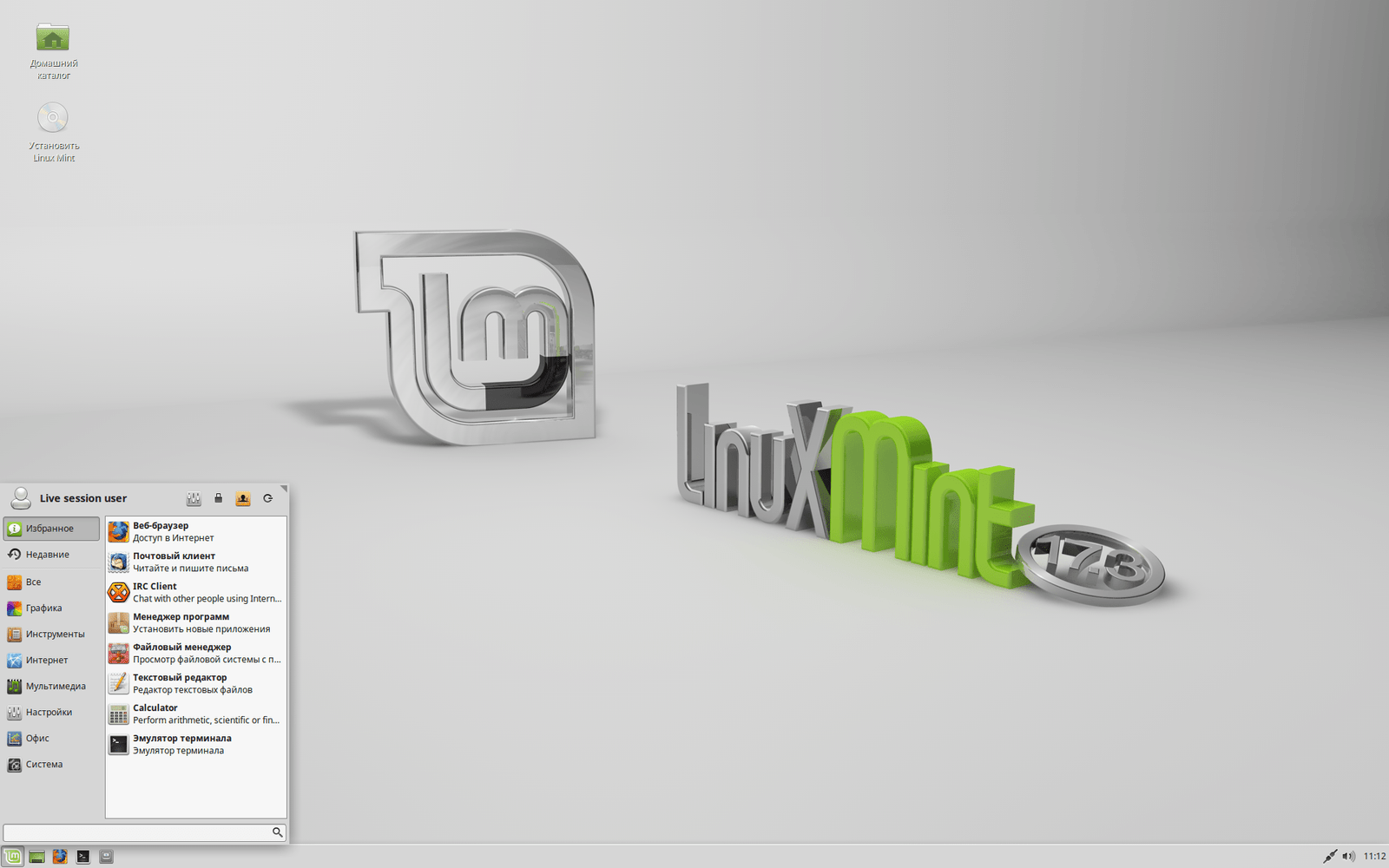
When it comes to speed, there’s no better choice than XFCE. It’s a desktop environment that focuses on simplicity, and it can run on low system resources without compromising its features. Unlike GNOME and KDE Plasma, which many people use for their options, XFCE focuses on a more traditional look and feel, and it may be ideal for anyone looking at a Windows-like interface.
But that doesn’t mean that you can’t make XFCE look beautiful and modern, as it’s still based on Linux and has tons of options when it comes to customizing it. You can install hundreds of different themes and icon styles, and make it more modern and slick than ever before, and there’s a plethora of videos on YouTube that show you how to do that.
XFCE also comes with its own application, compliant menu, widgets, and extension library which users can use to customize their desktop environment even more, while it has a highly configurable taskbar many people love.
Choosing between the three desktop environments
What makes the decision of choosing the right desktop environment for your needs even more difficult is how different XFCE, KDE Plasma, and GNOME are with each other. Every environment has its own pros and cons, and even if you have a powerful PC with a lot of cores and RAM, that doesn’t mean that a more powerful interface is the best way to go.
For example, there were times that I was using XFCE more often than KDE and GNOME on my main desktop computer, which has over 48GB of RAM, a powerful Intel-based CPU, and 12GB of VRAM, and I was happy with the way it worked. It wasn’t about speed, it was about the way it worked and the features that it gave me, but many times I felt I needed a few more options when it came to customization, so I eventually went with KDE Plasma.
GNOME is pretty neat, and for the majority of people, it’s a desktop interface that’s simple enough. It’s stable, runs extremely fast, and has a modern and beautiful design out of the box, which makes it perfect for beginners and minimalists alike. It’s also pretty popular and has a fast development, but it lacks customization options. If you’re like me, having widgets on your desktop screen is crucial – just for the shake of customizability – and KDE Plasma is the king of all for that kind of use.
But unlike XFCE and GNOME, I find KDE Plasma the least stable of them all, and many times you’ll be getting errors even when trying to install a simple widget or theme. It’s also slower and not as modern as GNOME, but it’s a monster when it comes to options, and tech freaks love all of its features.
All three of them have big communities, and they are supported by most Linux distributions, so in the end, it’s a matter of personal taste, preferences, and needs. XFCE is fast and lightweight, and you can customize it a lot. KDE Plasma has all the customization options that you’ll need to make it unique and your own, while GNOME is modern, fast, and feels more commercial than the other two desktop environments.



